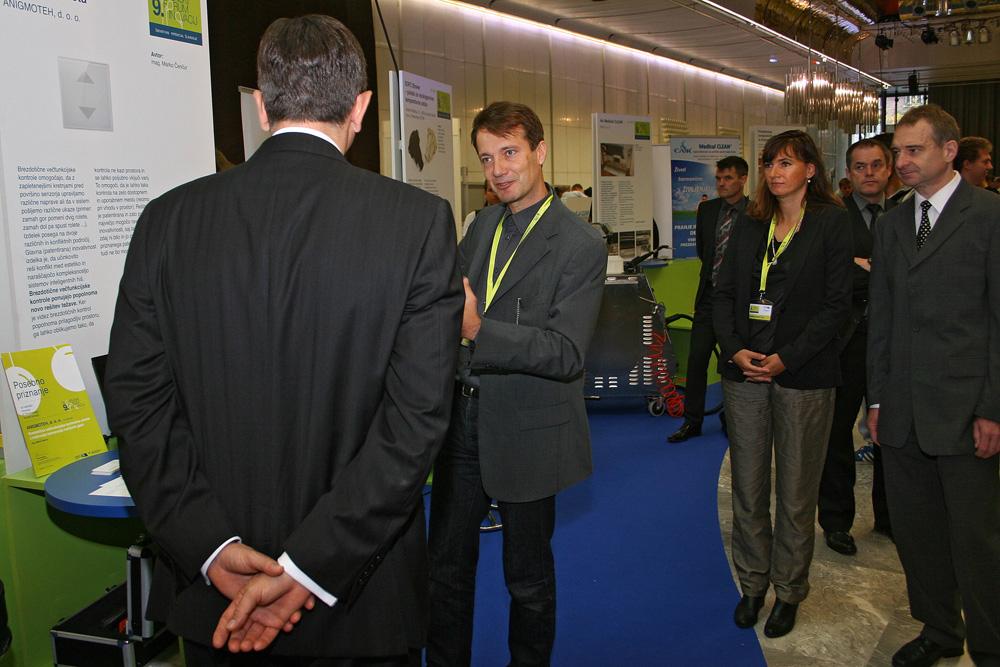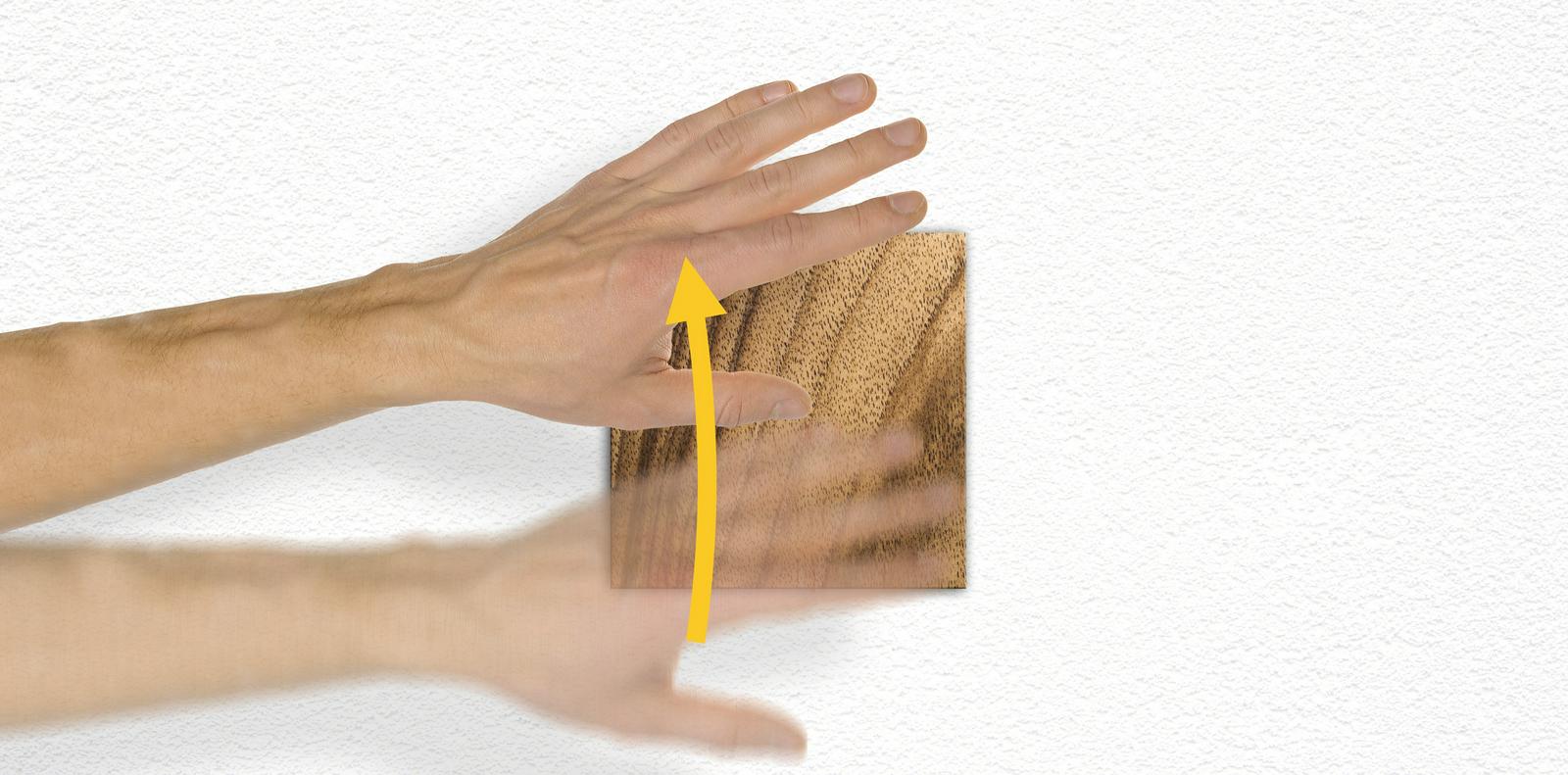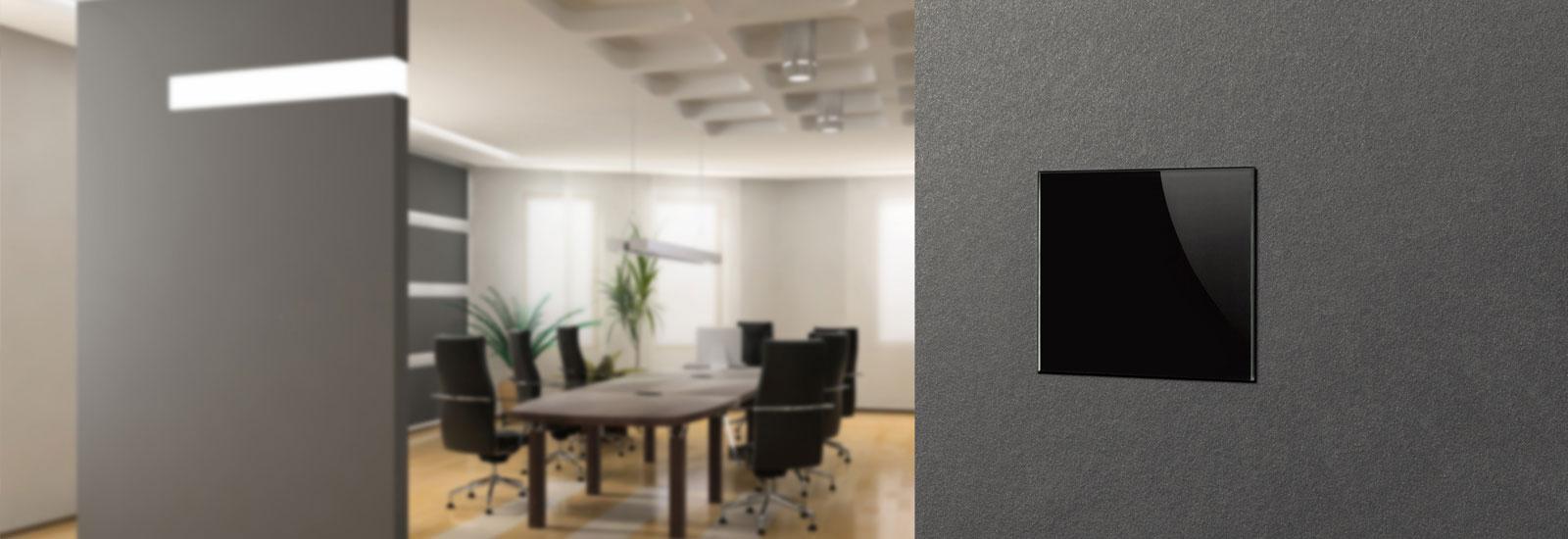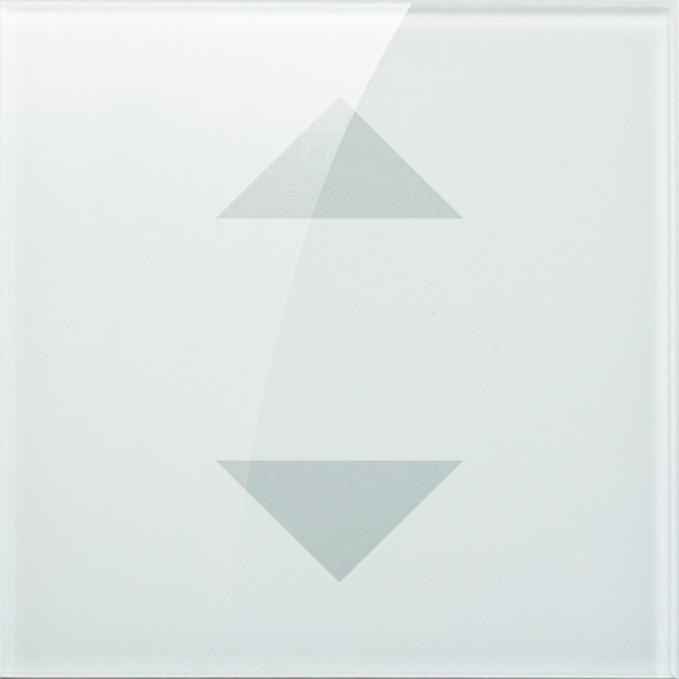

The design and aesthetics of our environment (the home, the workplace) is becoming ever more important. Most of our environment is designed according to our taste (furniture, ceilings, walls, lights…), the exceptions are the switches and the intelligent home control systems. Our control can be built into a wall and be completely unseen, aesthetically unobtrusive. That allows the control to be situated at a very accessible and usable location (for example at the entrance to a room) while not disturbing the whole aesthetics of the area. Using a device can be very simple, elegant, and enable its usage to those with physical impairments (old age, bad sight, invalidity…) who were never able to clearly read out the writings on touch screens or on the control keys of existing devices.



Different kinds of socketless and touchless device control technologies are becoming ever more popular. After all, Slovenian banks also offer payment cards that allow wireless payment - it's enough to just put your payment card on the card reader. The Ljubljana based Anigmoteh company, which is part of the Brdo technological park, has prepared a small revolution in the field of device controls. You can now control devices only with simple gestures.
Those at the Anigmoteh company say their innovations offer a completely different way of communicating between humans and the ever more complex computer programs, like for example the intelligent home control systems. Their device detect the gestures of the users and enable them to control different devices i.e. give instructions, with different movements in front of the sensor. With that the company aims to completely change today's concept of device control, which currently needs the pressing of keys, touch screens etc. With their innovation Anigmoteh managed to convince the jury at last year's innovation forum, which was held between the 12th and 13th of November. The company won the prize for best innovation.
"Our touchless multifunction controls detect the gestures of the users and enable them to control different devices i.e. give instructions through different movements in front of the sensor (for example moving your hand upwards means raising the window blinds, moving your hand downwards means lowering the blinds). At the same time it effectively solves the problems connected to the appearance of controlling devices, as the sensors detect through different kinds of material and leave no need for openings or unwanted cuts. That's why their appearance, design and colour are completely optional. The control can also be built into a wall and be unseen, and thus aesthetically unobtrusive," explained innovator Marko Čenčur, who is also the owner of the company.
According to Čenčur using their touchless controls is more than simple. You control a device through gestures, which don't even need to be accurate. "It improves the experience of the user, and the usage of the device becomes simpler (and possible) for those with reduced motoric skills (the elderly, people with arthritis…)", says Čenčur, and adds that the product’s usage can also spread to an exceptionally vast area of different applications for various work places, joint housing environments, public and industrial areas, for private vehicles and different means of public transport, as well as in public urban areas for traffic, swimming pools, sports facilities, locker rooms, public toilets etc.
Anigmoteh has patented its innovation in the EU and the US. The company's response on how their patent will protect them from the potential cheap Asian imitations, which might hit the market, is that their innovation is unique on a world scale. The company says that up to now there haven't been any similar products on the market. Their innovation is protected with a patent in the world’s most powerful markets, which means in the U.S., Canada, Japan and Europe. Apart from the patent protection, the products also protects itself with the technological "secrets" inside it, which would be very difficult (or at least extremely time consuming and expensive) to copy.
The design and aesthetics of our environment (the home, the workplace) is becoming ever more important. Most of our environment is designed according to our taste (furniture, ceilings, walls, lights…), the exceptions are the switches and the intelligent home control systems. Our control can be built into a wall and be completely unseen, aesthetically unobtrusive. That allows the control to be situated at a very accessible and usable location (for example at the entrance to a room) while not disturbing the whole aesthetics of the area. Using a device can be very simple, elegant, and enable its usage to those with physical impairments (old age, bad sight, invalidity…) who were never able to clearly read out the writings on touch screens or on the control keys of existing devices.

































































